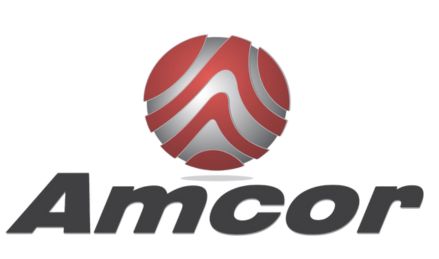Category: Blog
-
FAQs of Injection Molding Additives
Posted on
by
Even under optimal conditions, most injection molders face pain points at some point in the process. Check out a few of our frequently asked questions and how Amcor provides cost effective solutions. Can the right additive reduce cycle times? Many customers have […]
-
How do antistatic additives work?
Posted on
by
Antistatic agents are used to manage static charges during various stages of processing and to provide long-term static protection based on end-use applications. Static electricity can occur during an imbalance of positive and negative charges in an object. When enough electrical charges […]
-
Additives for Foam Extrusion
Posted on
by
When choosing a supplier, it is important to know that the materials you purchase for your operation are of the highest quality and are supported by industry leading technical experts with decades of experience in polymer science. Amcor, Inc. has become the […]
-
Slips and Mold Releases
Posted on
by
Slip additives not only improve the manufacturing of films, but also the plastic molding/extrusion process and the end use properties. Slip additives work by migrating to the surface and improving coefficient of friction (COF). Are you a film manufacturer looking for a […]
-
Additives for UV Stabilization
Posted on
by
Nearly every plastic is prone to degradation when exposed to UV light, such as from sunlight or fluorescent lighting. This degradation can occur during processing or once the product is in service, and the symptoms include brittleness, discoloration, and loss of physical […]
-
How Flame Retardants Work in Plastics
Posted on
by
Flame retardants are chemical compounds added to plastics in order to prevent, delay, or slow down combustion, reduce smoke formation, and/or prevent the material from melt collapse (anti dripping). These additives are common in numerous everyday products to avoid the ignition and […]
-
Blown Film Extrusion Process Explained
Posted on
by
Blown films extrusion is one of many polymer manufacturing processes. This method is used to produce commodity and specialized polymer films that are typically used in packaging such as shrink, stretch, barrier films (used to protect deli meat), frozen food packaging, and […]
-
What is Specialty Compounding?
Posted on
by
Within the plastics industry, compounding is the process of mixing and blending a base polymer with additives to manufacture a polymer blend that provides a specific set of properties. The compounding process is typically achieved via extrusion. The base polymer and the […]
-
Benefits of Polymer Processing Aids Amcor
Posted on
by
Polymer Processing Aids (PPAs) are additives combined with the base polymer to improve the processability and processing characteristics of the material as well as improve the quality of the final product. More specifically, PPAs improve the melt processability and handling of the […]
-
Guide of Commodity vs Engineered Resins
Posted on
by
There are two broad types of plastic resins: commodity and engineered. It is important that manufacturers understand the key differences in these two resin categories so the right resin can be selected for a given application. Below is a guide of commodity […]
